Henry Kimball Hadley - life and career timeline
Henry Hadley: classical composer, symphonic conductor, performer, early sound technology consultant, motion picture innovator, festival founder, educator, promoter of other composers' music, outdoors enthusiast and man of letters, equally at home in the woods or the salon. He inspired affection and attracted support among all whom he met - a few critics excepted - throughout his career. Prolific and always driven, he was active and successful in an astounding range of musical formats and styles. In the manner of many predecessors his passing was premature and deeply mourned. A third generation New England musician, well educated in the United States and Europe, Hadley was an outstanding and popular representative of the American late romantic composers, a group that has now been overshadowed by more contemporary stylists for many decades.
A basic overview of Hadley's life has been presented in several places, including his Wikipedia article and on his Naxos site. The following timeline summary is drawn from a number of sources, most importantly the doctoral dissertation Henry Hadley: His Life and Works (John C. Canfield : Florida State University, 1960) and Henry Hadley, Ambassador of Harmony (Herbert Boardman, 1932). Entries for this timeline do not attempt to list all of his important works, but are chosen to illustrate the broad scope of his musical and cultural activities and the development of his career.
1871 - Born in Sommerville, Mass. to a second-generation Massachusetts musician. Hadley's father was a music instructor and superintendent in the Somerville schools.
1886 (approx. and ongoing for some time) with his parents' encouragement, Hadley engages in formal musical studies, including composition studies with the important Second New England School composer and Boston Six member George Chadwick and with Stephen A. Emery, a teacher of Chadwick. Chadwick gives Hadley opportunities to conduct his own short compositions with his community orchestra.
1887 - At the age of sixteen, Hadley is appointed organist and choir conductor of his family church.
1889 - Already possessing a substantial portfolio, Hadley presents a recital of numerous songs and instrumental compositions.
1893 - The twenty-two year old Hadley makes an abortive attempt to enter professional life as a touring musician with a failing road company.
1894 - Hadley travels to Europe to begin his musical education there, stays in Vienna studying with Eusebius Mandyczewski.
1895 - Succeeds the composer Horatio Parker as director of music at St. Paul's School, Long Island, takes a position as organist of a Unitarian church in New York City, begins teaching violin from a studio in Carnegie Hall. Begins composing important overtures and symphonies.
1897 - Performance of Hadley's first symphony, Youth and Life. Hadley would produce many programmatic as well as completely abstract works throughout his career.
1899 - Wins his first of many composition prizes. Composes a second symphony, The Four Seasons*.
1900 - Performance of Youth and Life by the Pittsburgh Symphony Orchestra under Victor Herbert. Although best known today as a creator of American musicals/operettas, Herbert was an important symphonic conductor and influential composer. Always assisting emerging musicians, he would be an important role model to Hadley and lend him advice and encouragement until his own sudden passing in 1924.
Performance of The Four Seasons by the Boston Symphony Orchestra.
1902/1903 - Leaves the security of St. Paul's School to devote himself full time to the musical life of New York. In order to provide income, composes music for Broadway musical operettas, some possibly under an assumed name, but taking open credit for a part of Nancy Brown (1903).
1904/1905 - Travels to Europe to study and find conducting opportunities. Spends a year of bohemian artistic life in Paris, engages in extensive land and sea travel and observing the ocean, (later a subject of an important tone poem) visiting Egypt and absorbing impressions to go with the Theophile Gautier novella One of Cleopatra's Nights, (later the subject of a successful opera). Late in the year begins a lifelong friendship with Richard Strauss. Moves to Munich in late 1905 to study composition with Ludwig Thuille, reinforcing Wagnerian influences.
1907 - Composition of the overture Salome*. World premiere of Hadley's Third symphony by the Berlin Philharmonic Orchestra, under his own conducting. This symphony is abstract, but the beautiful second movement found a life of its own, transcending or "crossing over" the classical and popular music worlds, including eventual use in silent film, under the title "The Angelus". The Berlin Philharmonic would commemorate the centennial of Hadley's appearance, in 2007.
Late 1907 - Hadley takes conducting apprenticeship at the opera house of Mainz, Germany. He advances rapidly and is entrusted with operatic performances, including a premiere, and a performance of Madame Butterfly. Hadley begins to obtain conducting opportunities around Europe and becomes a recognized personality in European musical circles.
1909 - Hadley produces his first opera, Safie, at Mainz, with great success. Returning to the United States in the summer to try to launch an American conducting career, Hadley becomes the third conductor of the budding Seattle Symphony (Seattle, Wa. USA).
1911 - Hadley resigns his Seattle post and becomes the founding conductor of the modern San Francisco Symphony, molding a group of trained but primarily cafe and theater musicians into well-honed orchestra. In doing so he is the first native American to attain a major conducting post.
1912 - Production of Hadley's first Bohemian Grove musical, The Atonement of Pan. Although it would not be performed elsewhere, melodies from this very exclusive creation (as was the case, and still is, with Grove shows) found their way into the silent film musical corpus. This was often the case with Grove musicals of the time, composed by many of the country's most celebrated composers and authors.
1917 - Premiere of the opera Azora, Daughter of Montezuma. Based on a Rider Hagard novel, the opera generated great interest and enthusiasm. However, as was the case with many American operas of the era, it was hampered by a weak libretto and after a season that included tours to New York, Boston, and St. Louis it became primarily used for its music, including use in silent films, where Hadley's music was becoming an increasing standard for use in accompaniment cue sheets and compilations.
1918 - Premiere of the chamber opera Bianca, based on Carlo Goldoni's The Mistress of the Inn. Again, a poor libretto was not equal to Hadley's music, preventing the opera from attaining real success. Hadley guest conducts the Cincinnati orchestra with popular success, but the job went to the great Belgian violinist Eugene Ysaye. Hadley is also considered for the Boston Symphony, but once again, a European is given the job. Hadley conducts the famous Edwin Franko Goldman Band in performance of his Six Silhouettes, prepared specially for what we today term a Wind Ensemble (Symphonic Band). Many of Hadley's concert works were adapted by him in this manner.
Hadley begins a series of outdoor Summer concerts at the large and elegant Lewisohn Stadium in New York. Hadley would continue to appear intermittently in this popular series through 1926, preceeding many famous classical artists and jazz musicians.
Hadley's To Victory, a popular patriotic song with words by Ethel Watts Mumford, was not only widely distributed as sheet music, but was published in an unusual newsprint supplement format in the Boston Sunday Advertiser. Used extensively in bond drives and other patriotic events, it was, according to Canfield, sung by millions of Americans on Thanksgiving day alone, during a coordinated, nationwide festival.
Hadley engaged by Hollywood studios in experimental cinematic productions, merging classical song cycles with silent film¹.
Performance of Bianca in New York, premiere of the choral composition The New Earth, accompanied in part by the Victor Herbert Orchestra. Late in the year Hadley leads the Philadelphia Orchestra in his tone poem Lucifer. New York Philharmonic gives its second performance of Symphony No. 4.
Hadley marries the accomplished singer Inez Barbour, equally comfortable on the popular and concert stage. Their relationship would be an exceptionally fruitful one, personally and professionally, as they performed together around the world in recitals (with Hadley at the piano) and in orchestral concerts. Hadley would compose over 200 songs for her.
1919 - Premiere of Hadley's overture Othello, led by Leopold Stokowski**, to general acclaim. Hadley's cantata The Legend of Granada is performed in a Matinee Music Club of Philadelphia concert showcasing his compositional versatility, with songs and chamber music. The great religious compilation/partial composition The Wayfarer inaugurated at Madison Square Garden; the massive pageant with a huge cast would travel across the country for several years of performances, many outdoor before huge audiences.
Hadley makes the first of numerous acoustical 78 RPM recordings of his own compositions, and classical standards by other composers, on the Okeh label.
1920 - Premiere of Hadley's opera Cleopatra's Night at the New York Metropolitan Opera. Hadley conducted the second and many subsequent performances, earning the distinction of becoming the first American to lead an opera of his own composition at the Metropolitan. Cleopatra's Night was successful and was considered at the time to represent an advancement of American opera.
Hadley appointed associate conductor of the New York Philharmonic Orchestra. Hadley would hold the position until resigning in 1927. Although he conducted many performances and helped create a tradition of performing American composer's works, he was held to a secondary role in favor of European conductors.
1920 - 1927 many conducting engagements with major orchestras, opera companies, and festivals throughout the United States.
1922 - Premiere of Hadley's secular oratorio Resurgam, with the solo soprano role sung by Inez Barbour. Resurgam was popular and would be performed many times, including a performance by the London Symphony Orchestra and chorus in 1924, conducted by him. Today, Resurgam is considered among his most important works.
1923 - Hadley's second Bohemian Grove play, Semper Virens, produced.
1924 - Hadley helps conduct the first radio broadcast of the New York Philharmonic, and created a music education broadcast, one of the first in America. Hadley conducts the Concertgebow Orchestra the first American to do so. Hadley is honored by the French government, and is elected to the American Academy of Arts and Letters.
Victor Herbert passes away suddenly and Hadley takes over his all his conducting duties for the summer. A number of Hadley's pieces are performed at Herbert's memorial concert in Philadelphia.
Hadley acts for year as director of the Worchester Music Festival (Worchester Mass.) whose storied history dates to 1858.
Publication of October Twilight in violin and violoncello versions, as part of Three Characteristic Pieces. October Twilight would be recorded in an orchestral version by Columbia Records in 1932, arranged by Guy Wood after Hadley's death, and became a hit for dance band pianist/bandleader Frankie Carle in 1947. Recorded by Carle on Columbia Records, still in release on CDs and downloads today, October Twilight has entered the ranks of classic popular standards.
1925 - Tufts College (now University) confers the degree of Doctor of Music on Hadley.
1926 - Hadley conducts the New York Philmarmonic in a series of education recordings for the Ginn textbook company's Music Appreciation in the schoolroom.
Hadley, who had missed out on chances to perform at World's Fairs in Seattle (1909) and San Francisco (1915), conducts for two weeks and wins an award at the first post-WWI American World's Fair, the 1926 Philadelphia Sesquicentennial Exposition. Hadley would also conduct at the 1933 Chicago Century of Progress Exposition.
1926 - 1927 Hadley is engaged by the Warner Brothers motion picture company to assist in their launch of the first commercially distributed sound motion pictures, with synchronized soundtracks. These feature films added music and sound effects only, to take the place of live accompaniment. Hadley was featured in a short film conducting the New York Philharmonic Orchestra in Wagner's Tannhauser Overture, shown at the launch of Warner's new marvel. At the debut he also conducted the first feature length film with a recorded, synchronized soundtrack, Don Juan*, starring John Barrymore and Mary Astor. For the second Warner Vitaphone feature production, The Better Ole*, starring Charlie Chaplin's brother Syd, Hadley created a brilliant composite score, partly old and partly new material in the silent movie accompaniment tradition, but far surpassing ordinary efforts. One of his greatest accomplishments was his fully composed, highly developed and richly romantic score for the third Vitaphone feature, a Hollywood adaptation of Manon Lescaut, titled When A Man Loves*. This film opened several weeks before the famous Jazz Singer with its limited audible dialog, and represented not only the epitome of musical accompaniment of film before the introduction of speaking but set the tone for the great romantic film scores of the 1930s.
1927 - Concert tour to Argentina conducting the Asociacion Orquestal (Buenos Aires), the first American invited to do so.
1928 - Premiere of the choral composition Mirtil in Arcadia.
1929 - Hadley forms the Manhattan Symphony Orchestra.
Hadley is heard by millions of people weekly, over CBS radio, as conductor of the Gulbransen Symphony Hour. The Manhattan Symphony Orchestra also broadcasts it's performances.
1930 - Hadley conducts a series of concerts with the New Symphony of Tokyo, at the behest of the Japanese government.
1932 - Hadley's health begins to decline. Composition of String Quartet No. 2, written in a contemporary, keyless harmonic structure.
Victor relases an orchestral version of Hadley's piano composition October Twilight - the first of many to come.
1933 - Premiere of Hadley's opera A Night in Old Paris, carried on the NBC radio network. Hadley founds the National Association of American Composers and Conductors (now National Association of Composers/USA or NACUSA). Hadley produces his third and last Bohemian Grove musical, The Legend of Hani.
1934 - Hadley suggests the concept of a music festival to leading social residents in the Pittsfield and Stockbridge, Mass. area. Featuring members of the New York Philharmonic in its first year, the Berkshire Symphonic Festival was a great success and would grow to become the renowned Tanglewood Festival, one of the great classical and jazz music festivals of our present time. Hadley is replaced after just two years - yet another example of his being overtaken by politics after pointing the way for others - but the Tanglewood Festival honored him with a permanent installation in the 1950's.
1935 Hadley's last symphony, Symphony No. 5, Connecticut, commissioned for the Norfolk Festival. Hadley conducts several New York orchestras under Works Progress Administration grants.
1936 Hadley conducts for the last time, at the All-State Music Festival (New Brunswick, New York).
1937 - Hadley succumbs to lung cancer. He is memorialized in services in New York and in Sommerville.
1940 - Victor Records releases Hadley's Concertino for Piano and Orchestra on modern, electrically recorded 78 rpm disks, with a symphonic version of October Twilight**
1944 - Brooklyn Musician's Union 802, AFM raises funds thorugh War Bond drives and is given the rights to name a new Liberty Ship, the S.S. Henry Hadley. The Henry Hadley , launched in Jackson Mississppi by Inez Barbour, served in the combat zones of the Atlantic on the New York-Cherbourg (France) run, supplying American troops in Europe.
1947 - October Twilight recorded and released by Franke Carle with singer Nan Carle, lyrics by Guy Wood, kicks off the modern era of Hadley's one universal pop hit.
1960 - Hadley biography written as a doctoral dissertation by John C. Canfield.
1961 - October Twilight recorded and released by Ralph Flanagan's Orchestra in a pop format.
*availble in current or in most cases at least post-1950 recording, (DVD in the case of films) see discography
**available on YouTube

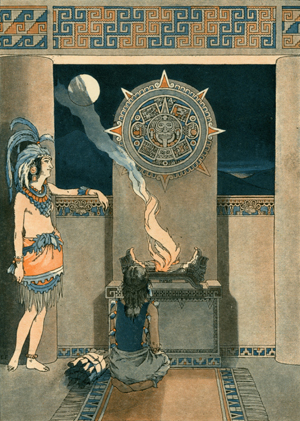

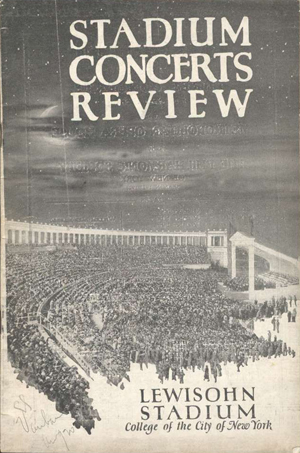
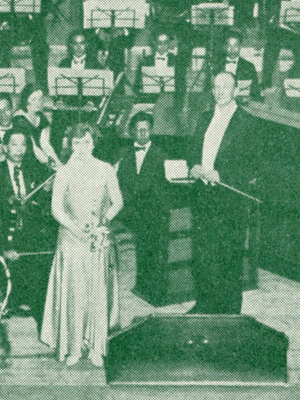
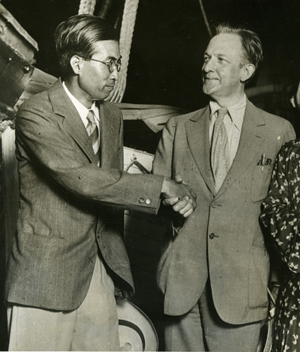
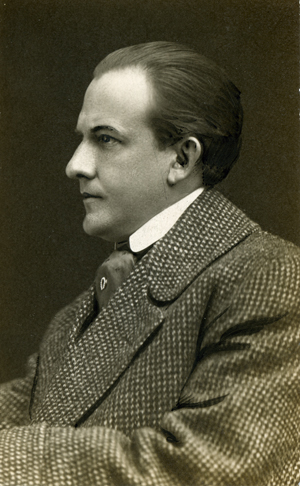

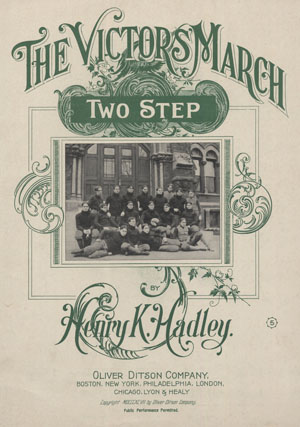
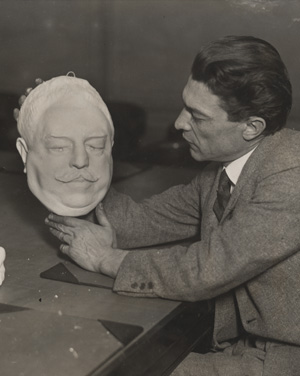
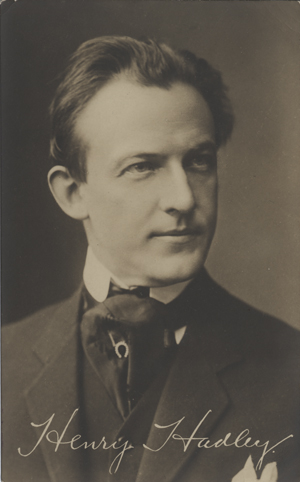
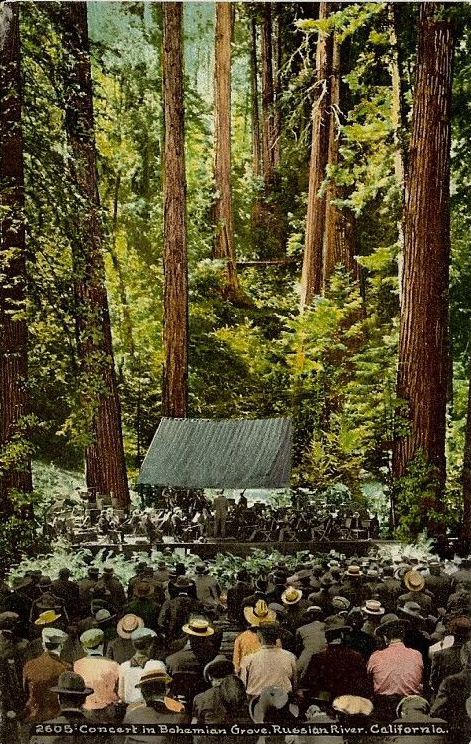
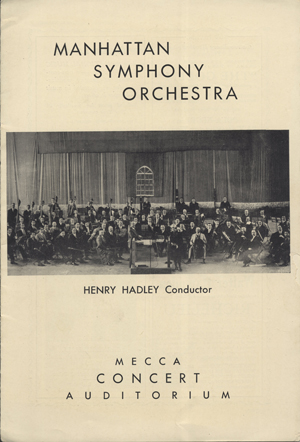
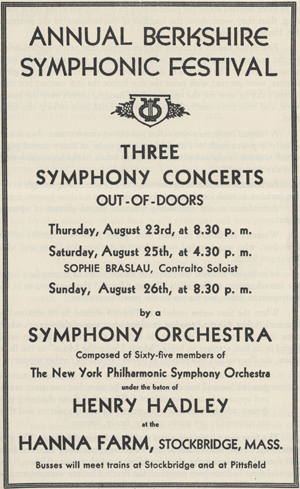
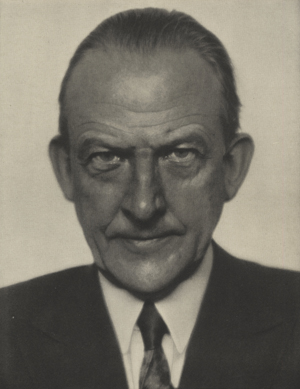
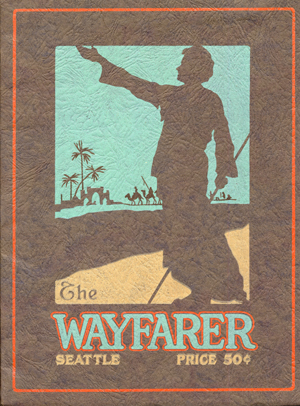
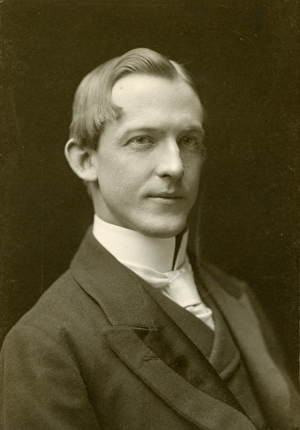
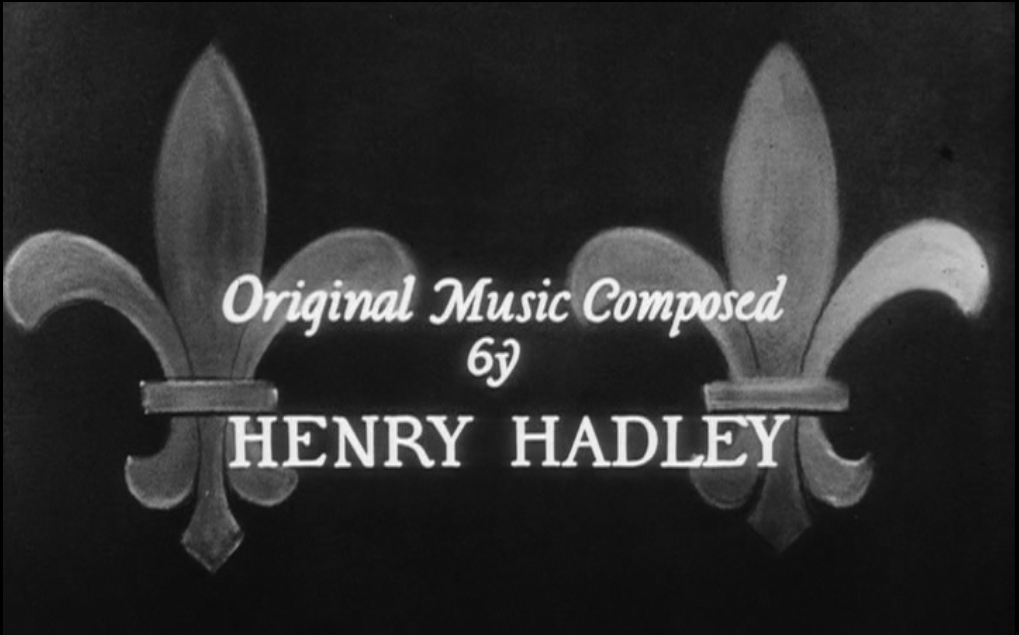

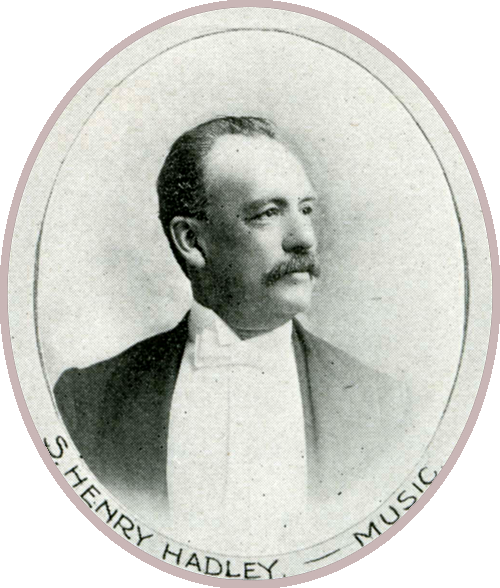
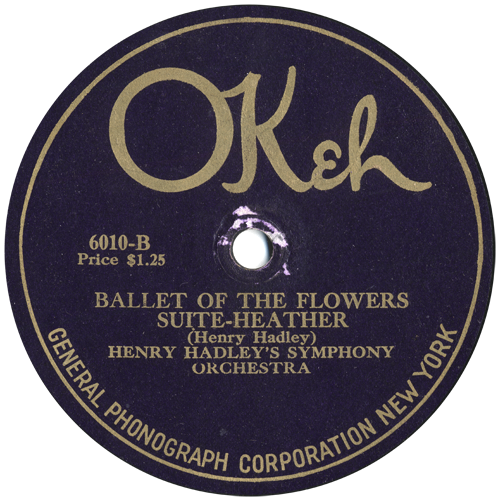
Click on thumnails for additional images and information






